Born in Baltimore in 1962, Storrs Hoen studied at Vanderbilt before going to Oxford to read for a second undergraduate degree in physics and philosophy. After earning a PhD at UC, Berkeley, he moved into a postdoc position with IBM Almaden before working for Hewlett Packard and its subsequent spinoff Agilent. From 2011 until his retirement in 2022, Hoen was a master scientist and engineer at Apple, bringing ideas to market that included the MacBook trackpad and the Apple Pencil, and working on the development of haptics in the Apple Watch and iPhone. This narrative is excerpted from an interview with the Rhodes Trust on 10 September 2024.
Storrs Hoen
Tennessee & Keble 1984
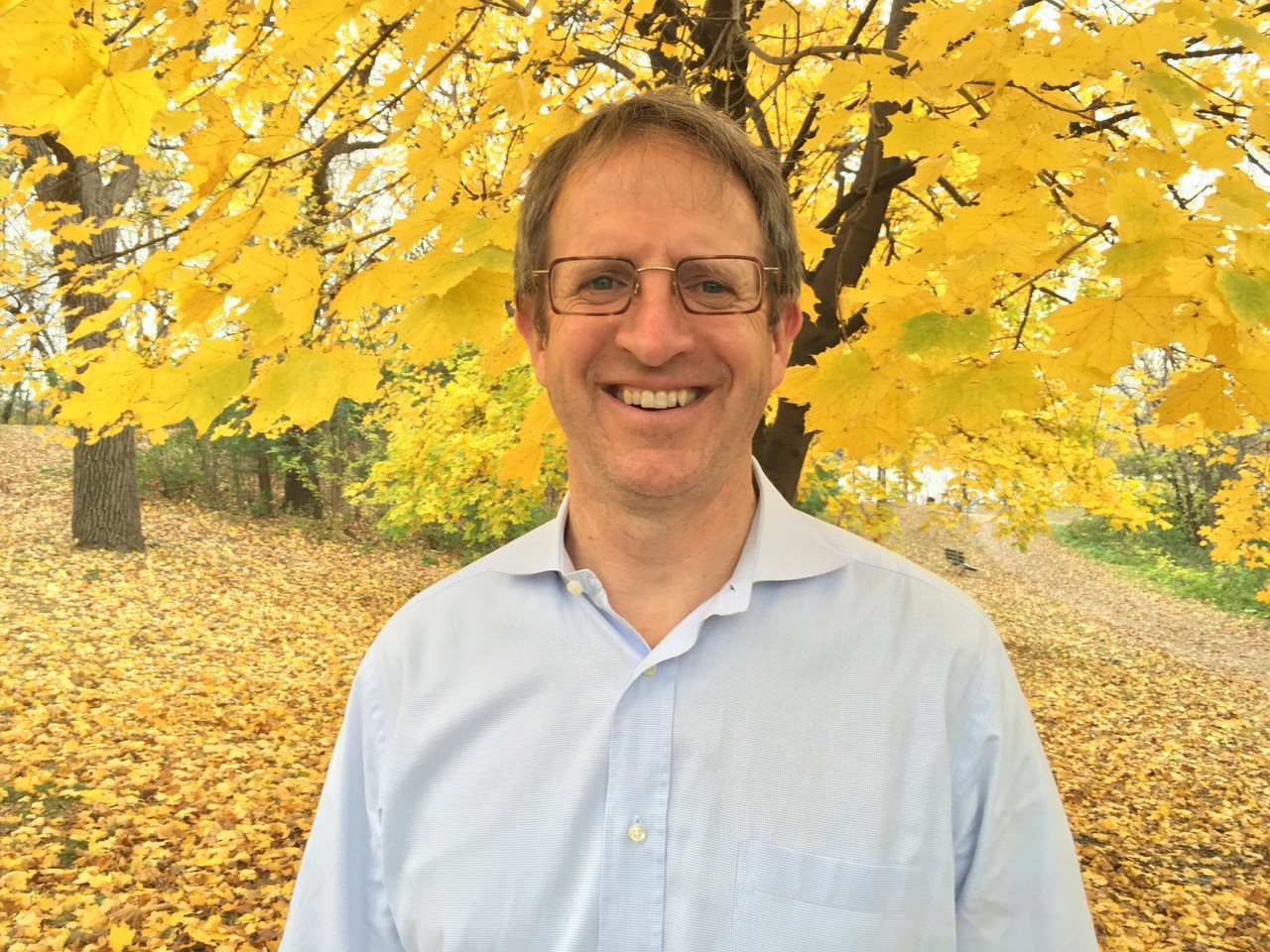
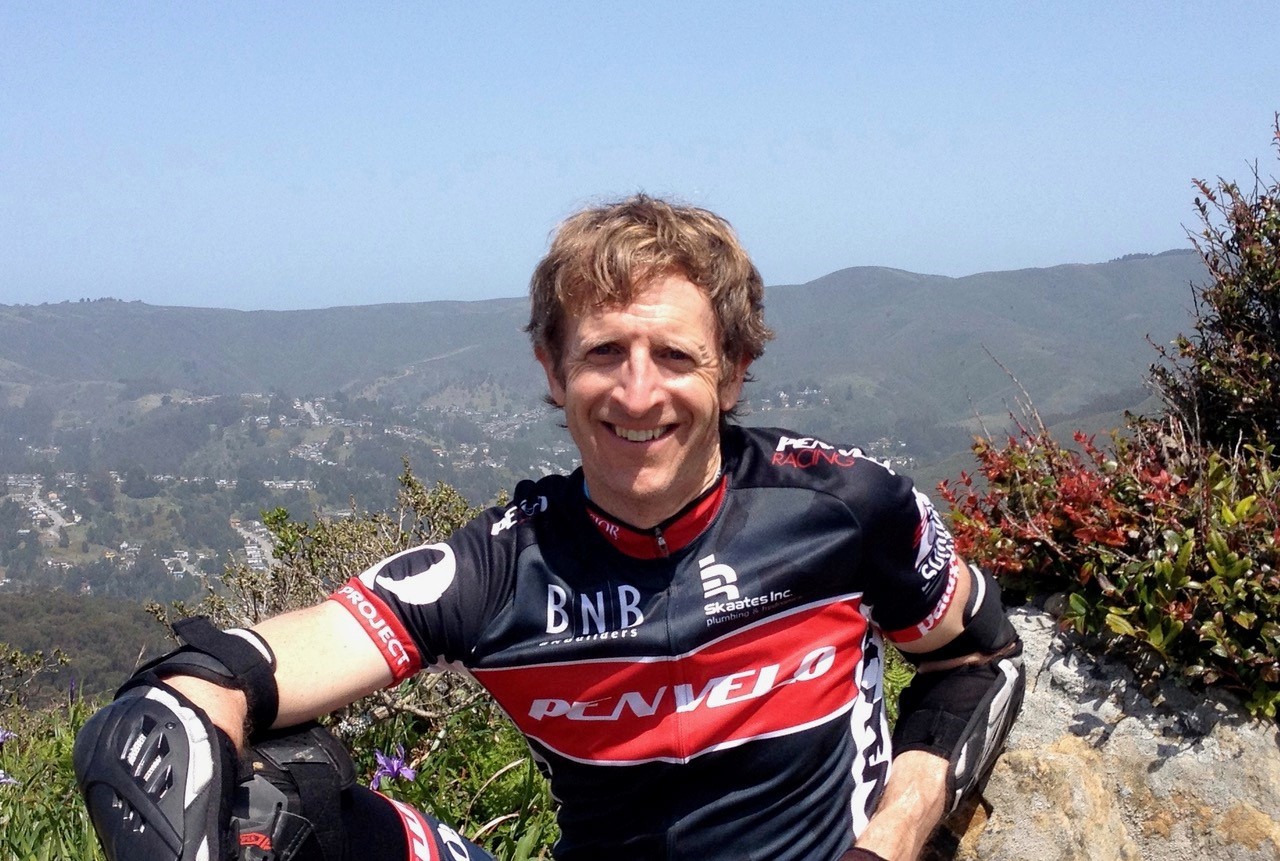
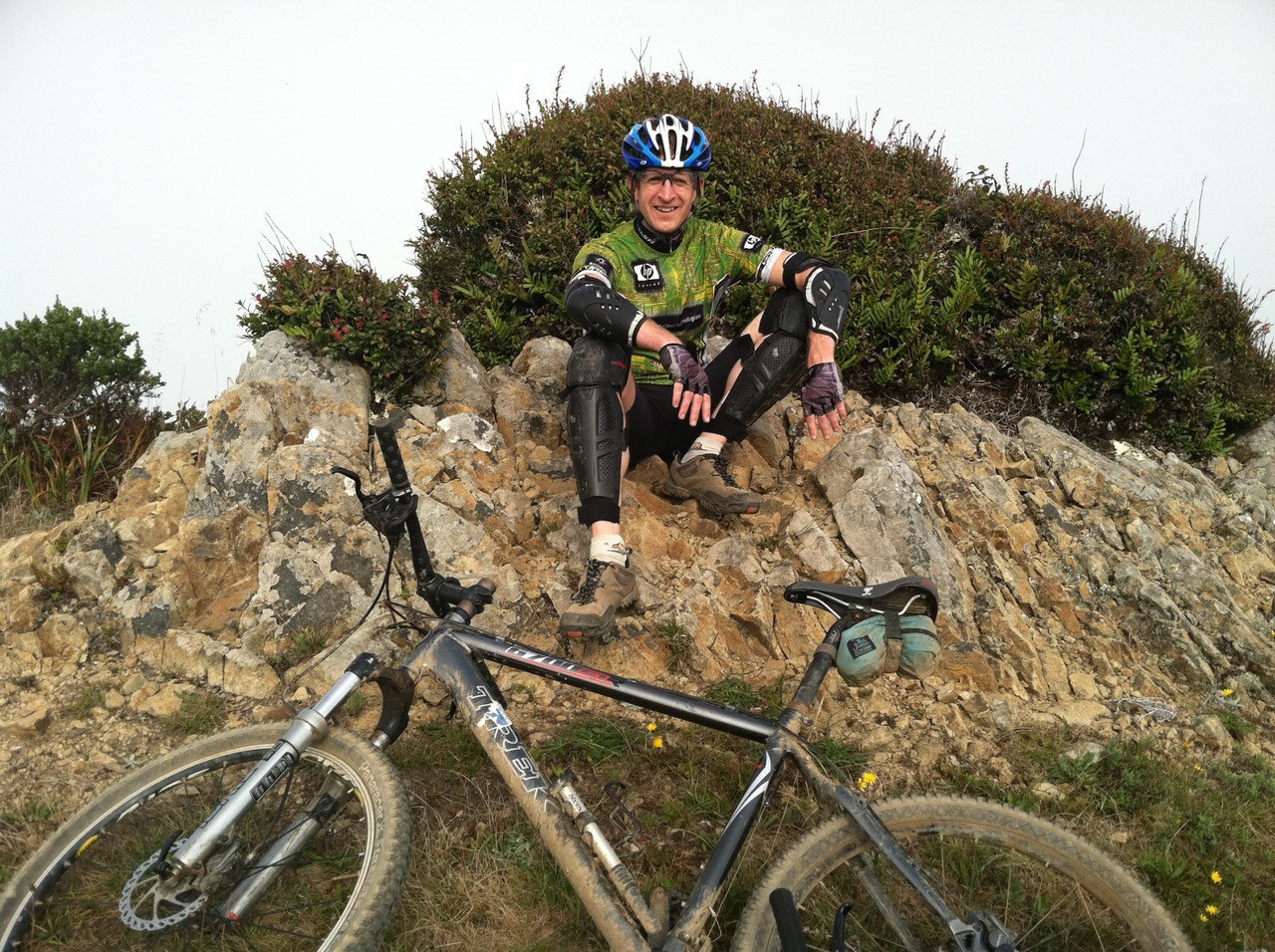
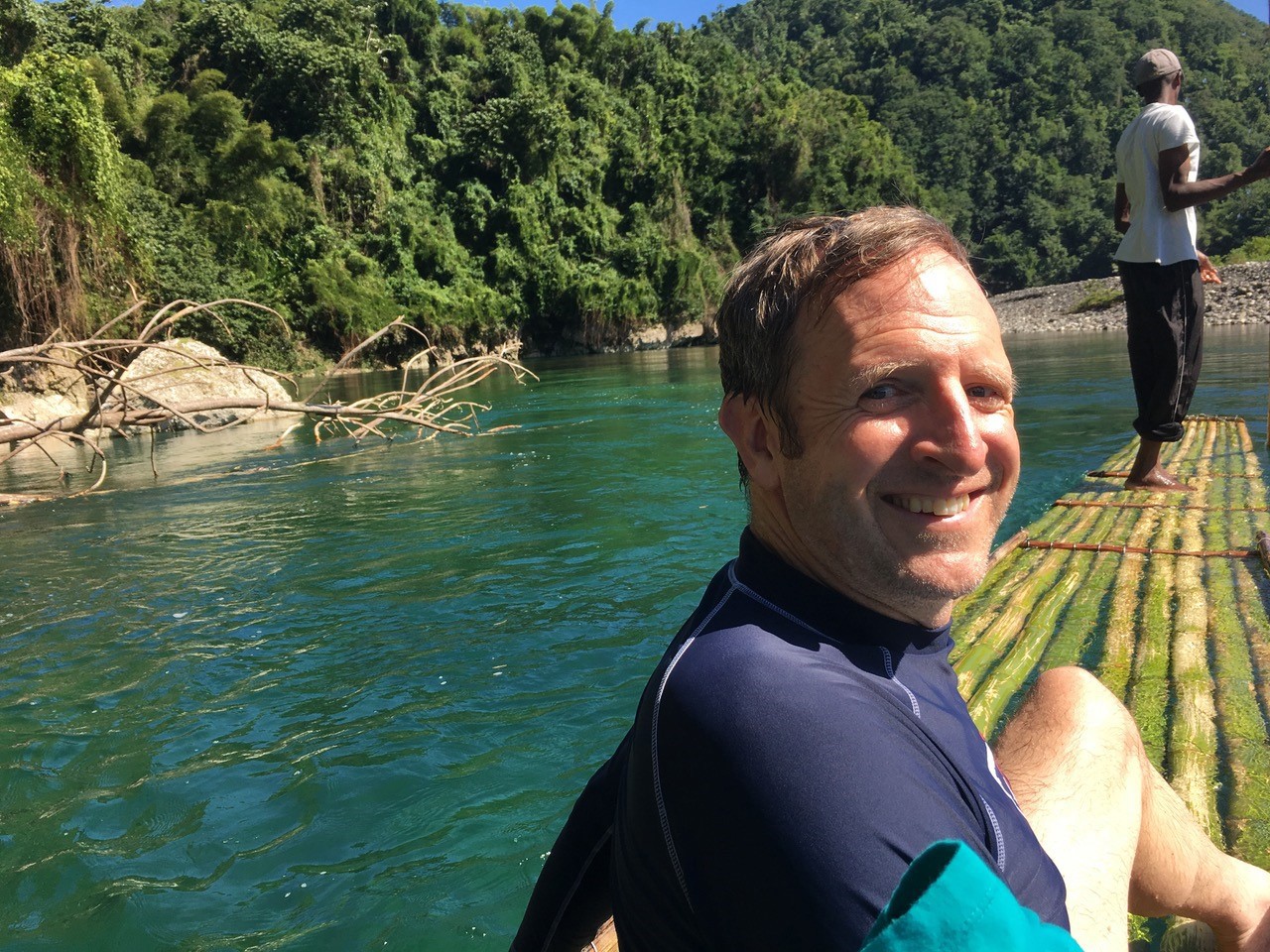
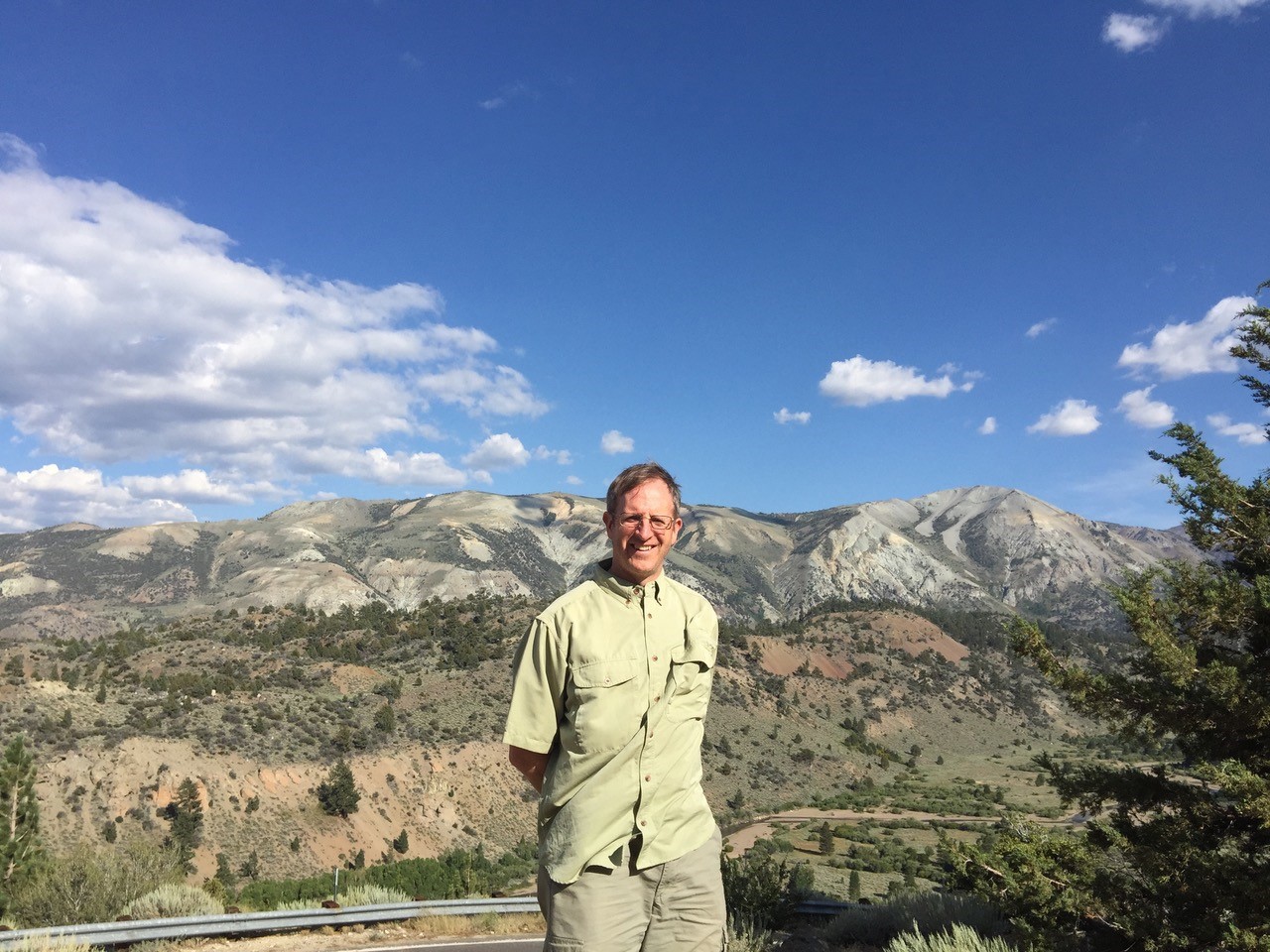
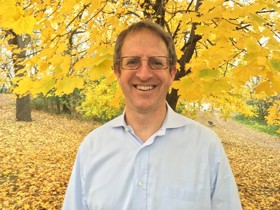
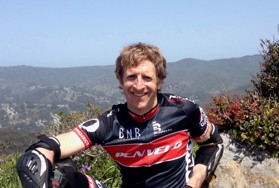
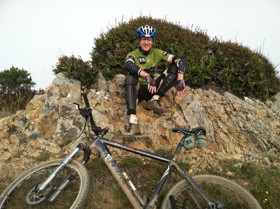
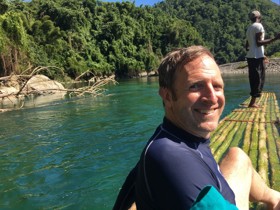
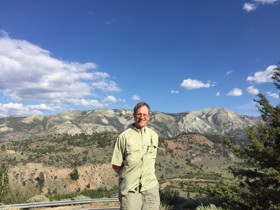
‘Nature is filled with puzzles’
For the first 12 years of my life, we lived in rural Maryland outside of Baltimore. Our place was on a small hill with a gnarled apple orchard. My father managed a family lithography business, and my mom tried to provide structure for my three younger brothers and me. She was fearless in solving problems, from hammering apart a frozen coupling on the tractor to solving a math challenge from a magazine. She made babysitting a team effort, with each brother being paid if he contributed. My brothers and I carried this creativity into the games we constructed for each other, accommodating our different ages, yet challenging each of us.
‘Vanderbilt University encouraged me to apply for a Rhodes Scholarship’
For college, I wanted a broader perspective than my all-boys high school had provided. Vanderbilt appealed to me with its strong engineering program, the social charm that eased the interactions of the diverse student body and its magnolia trees seemingly always in bloom. I applied to live in the philosophy dorm and joined in discussions about relativism and determinism, different ways of interpreting the world and rubrics for making difficult decisions.
IBM and Apple had just introduced desktop computers, prompting us to delve into how they operated and the trade-offs in their design. Each class was an opportunity to understand the world with a deeper perspective – from engineering to physics to math. I imagined I would be a professor, but I was also enjoying my summer jobs with engineering firms.
I didn’t think about the Rhodes Scholarship until my senior year. Oxford offered the chance to explore how seriously I wanted to study philosophy while providing a global view of politics and culture. At the interviews, still fresh in my mind, we considered not only the importance of invention and science, but also unexpected topics, such as Beowulf and constitutional rights in the light of current court cases.
‘I am always interested in big questions’
At Oxford, I chose to study physics and philosophy – two distinct but equally compelling methods to understand the world. What are the rules that govern the universe? How are these rules a by-product of our human perceptions? What underpins our moral compass? For me, the combination led to surprising insights. For instance, quantum mechanics doesn’t adequately explain how we see or measure the underlying ‘quantum world;’ also, much of philosophy is practical, whether triaging for a hospital or choosing between different candidates. The careful discussions of Locke and Hume led me to realize that I was more suited to physics, with its reliance on mathematics, than philosophy, with its ambiguity of language and ideas.
I selected Keble College because it had no other Rhodes Scholars and allowed me to experience the English culture less filtered by American perspectives. Since returning from Oxford, I have enjoyed being a part of the broader Rhodes community by attending workshops and by participating in selection committees. The Rhodes Scholarship has had a huge impact on my life, especially that chance to step outside of the US culture and to challenge my assumptions, from importance of history in how we experience the world, to whether the subconscious exists.
‘Find great teams to make a difference’
After Oxford, I went to Berkeley to pursue a PhD in condensed matter physics. A whole new set of materials had just been discovered that could conduct electricity with no energy loss. Our group was part of this revolution and we contributed fundamental experiments on the underlying mechanism. Unfortunately, commercializing these materials has proven to be extremely challenging. I began to realise that academic physics didn’t fulfil what I loved most, which is being part of a team and seeing my innovations make a difference in the broader world.
That sense of teamwork was certainly part of IBM Almaden. My postdoc was a mixture of the applied and the fundamental. I went on to work at Hewlett Packard and our first project was to shrink a disk drive down to the size of a thumbnail. This concept required three fundamental breakthroughs – how to read and write data, what material to store the data in and how we would physically move that material. We were only able to deliver one of these breakthroughs, the invention of an entirely new motor. However, new technologies rarely evolve to make a difference in people’s lives. There is a sadness when an idea that once seemed so promising can’t develop the ‘legs’ to walk out of the lab. Making this more likely would have required both reducing the number of required breakthroughs and near-perfect alignment between this project and the company’s strategy.
For me, the attraction of Apple was its long history of bringing innovation into people’s lives. The design team sits on top of the corporate structure, rather than marketing or engineering. This creates a cohesive alignment on new products and their underlying innovations. I was hired to work on trackpads for laptops, trying to find a way that you could click on any part of the trackpad. We went back and forth – developing one idea, determining it wouldn’t be reliable, then coming up with another – until we had an approach that exceeded our initial specifications. Designing the force sensor for the Apple Pencil meant looking fundamentally at how we interact with a pencil. What forces do we apply when shading a picture? How quickly do we dot our i’s? Working on the haptics for the Apple Watch was similarly intriguing. We wanted a delicate motion that you could wear it next to your skin and not have it interrupt whatever you were doing. This meant a new motor to create a friendly way of communicating rather than the insistent buzzing of a cellphone.
Seeing our ideas in the hands of millions makes me smile. Being part of those projects meant working with and relying on hundreds of people, a team in the very large sense – all with the aim to create something that brings a bit of unexpected magic into our lives and makes them better.
‘Rhodes is where people can meet and challenge each other’s perspectives’
Now retired, I remain as curious as ever about how the world works and how we can make it better. I’ve been incredibly fortunate to be married to a social practice artist who is always challenging me and creates art that prompts both conversation and action. Together, we’ve seen our son follow his own path to make a difference in people’s lives as a teacher and emergency medical technician. They are both constant inspirations for me.
I’ve loved seeing how the Rhodes Scholarship has grown over the decades and I hope that it continues to provide that space where people can meet and challenge each other’s perspectives. This past year, I had the opportunity to stay at Rhodes House and participate in the Sikh Langar that used meals and music to promote equality and community. To today’s Rhodes Scholars, I’d say: Enjoy exploring, be amazed by each person you meet, notice the haptic language of your phone or watch, and never stop striving to make the world a better place.
